-
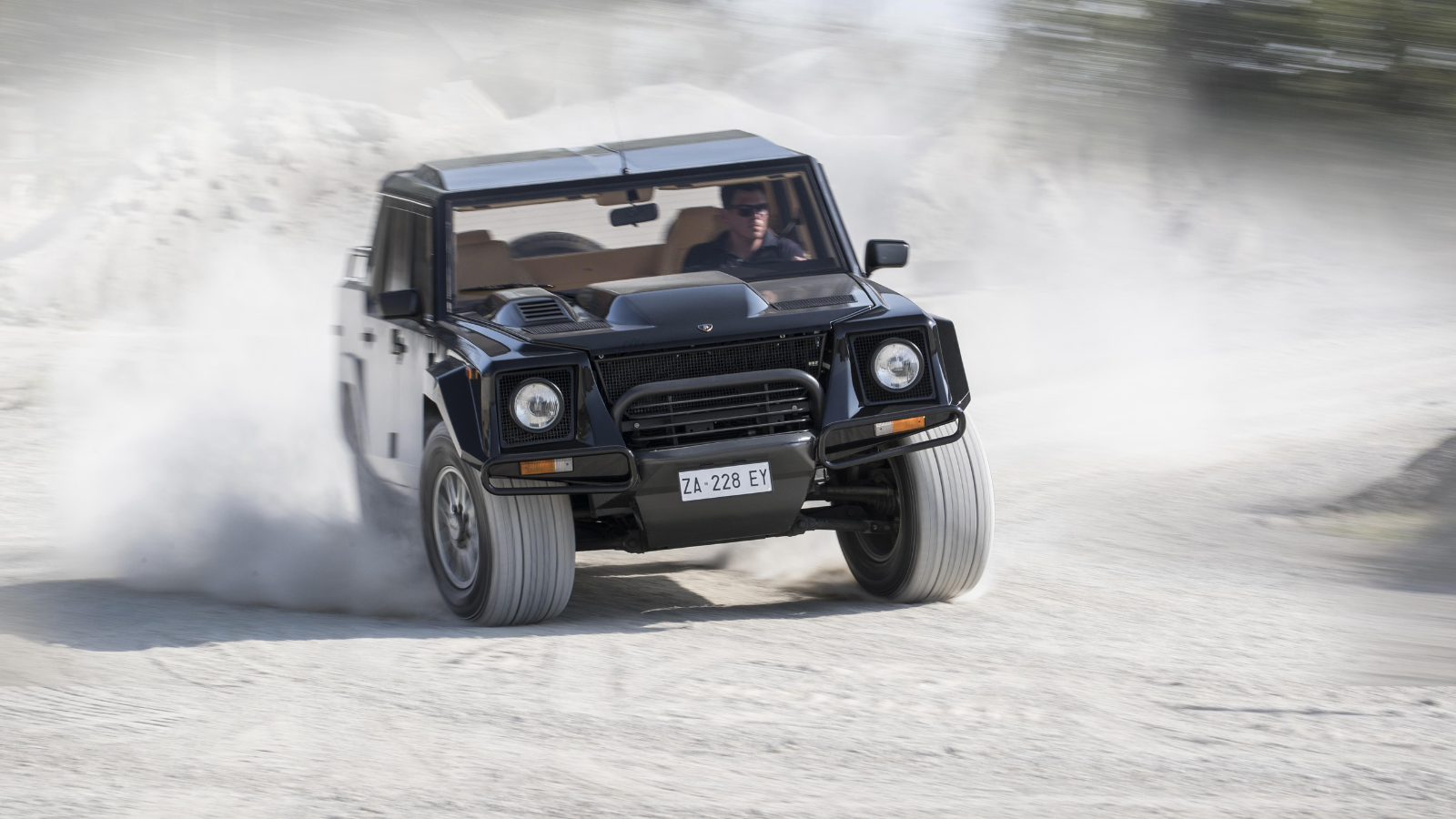 © Lamborghini Media Centre
© Lamborghini Media Centre -
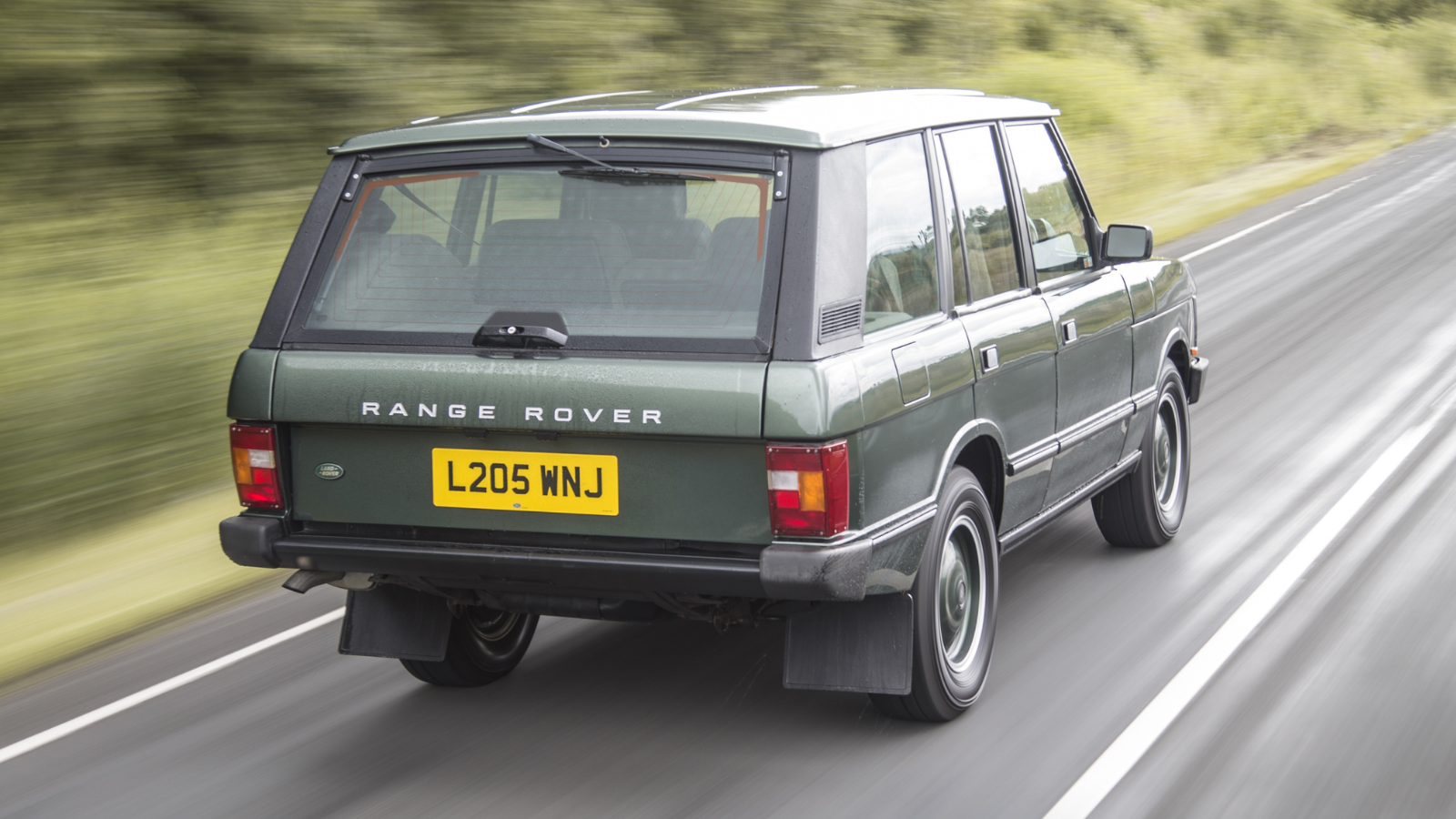 © Land Rover Media
© Land Rover Media -
 © Land Rover Media
© Land Rover Media -
 © BigfootFan/Creative Commons licence https://creativecommons.org/licenses/by-sa/4.0/deed.en
© BigfootFan/Creative Commons licence https://creativecommons.org/licenses/by-sa/4.0/deed.en -
 © BigfootFan/Creative Commons licence https://creativecommons.org/licenses/by-sa/4.0/deed.en
© BigfootFan/Creative Commons licence https://creativecommons.org/licenses/by-sa/4.0/deed.en -
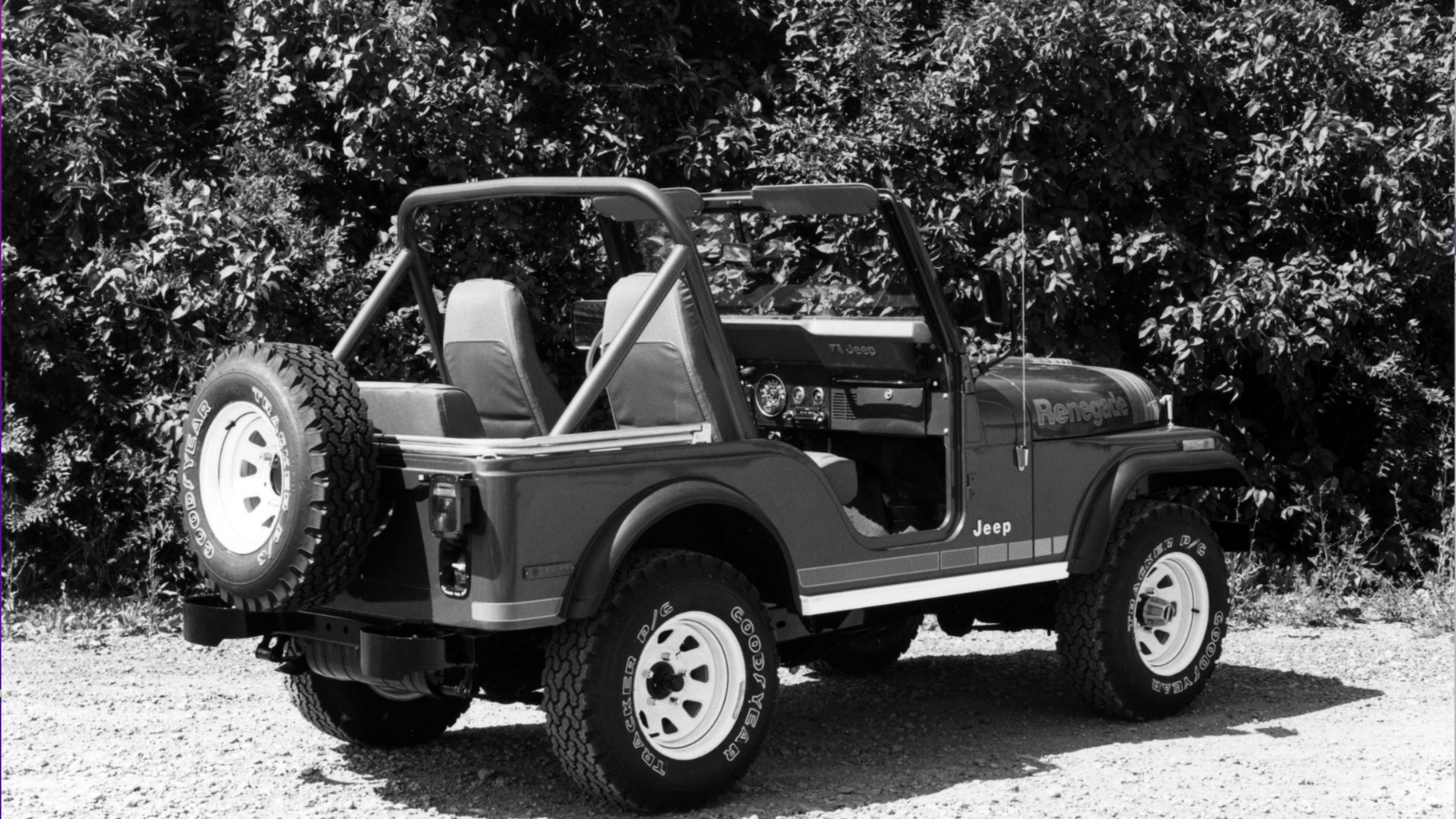 © Stellantis newsroom
© Stellantis newsroom -
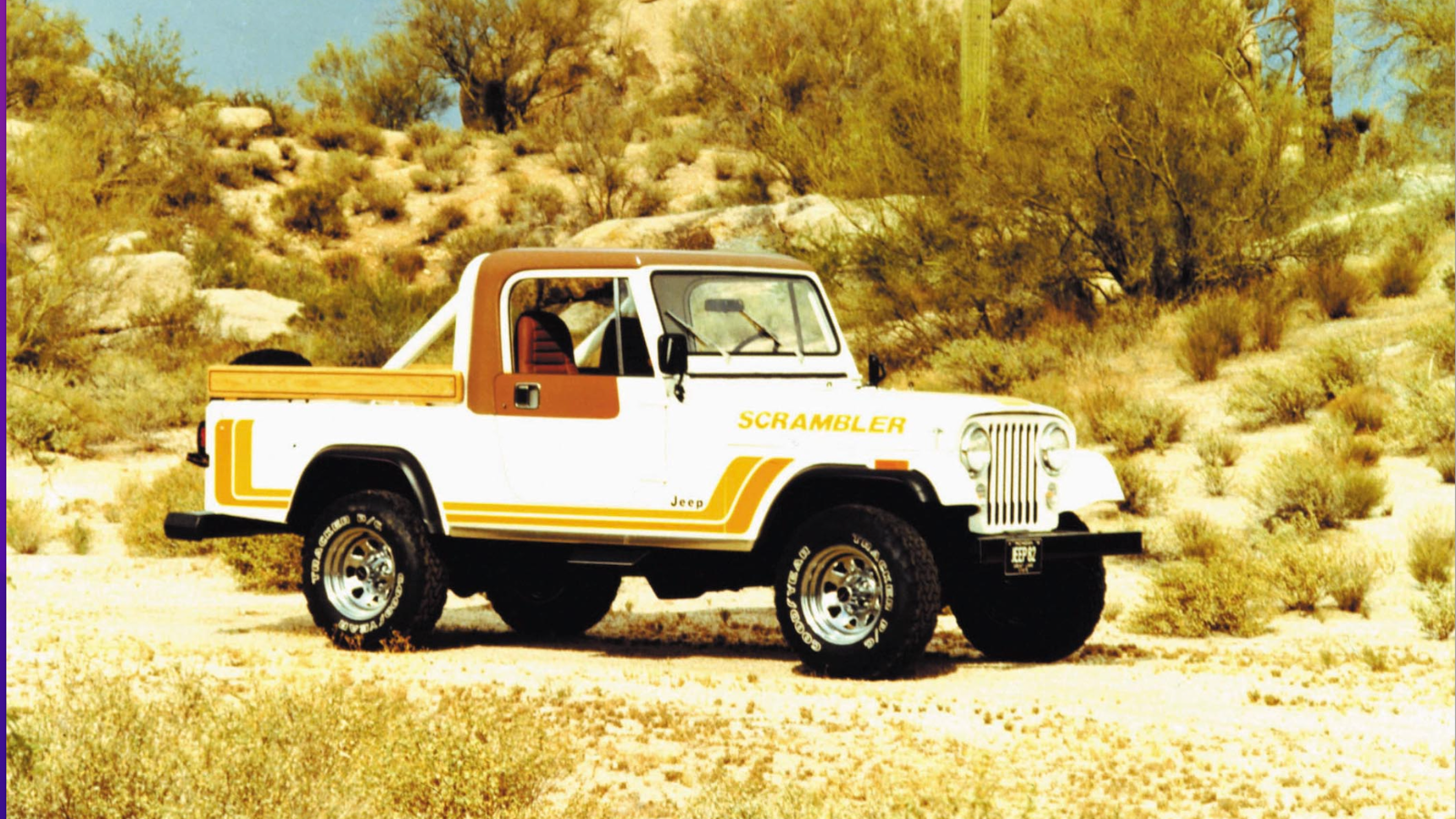 © Stellantis newsroom
© Stellantis newsroom -
 © Toyota Newsroom
© Toyota Newsroom -
 © Toyota Newsroom
© Toyota Newsroom -
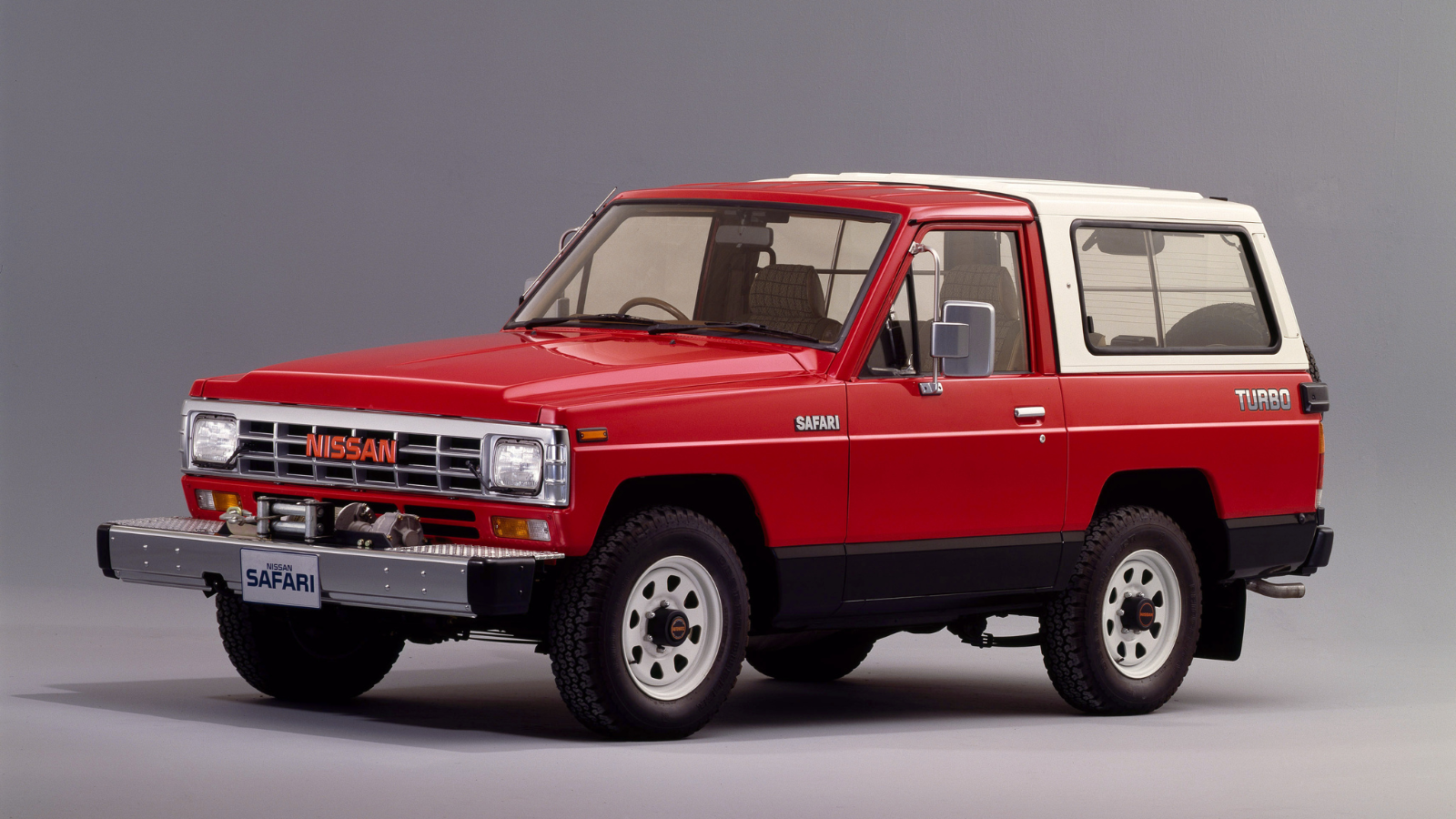 © Nissan Newsroom
© Nissan Newsroom -
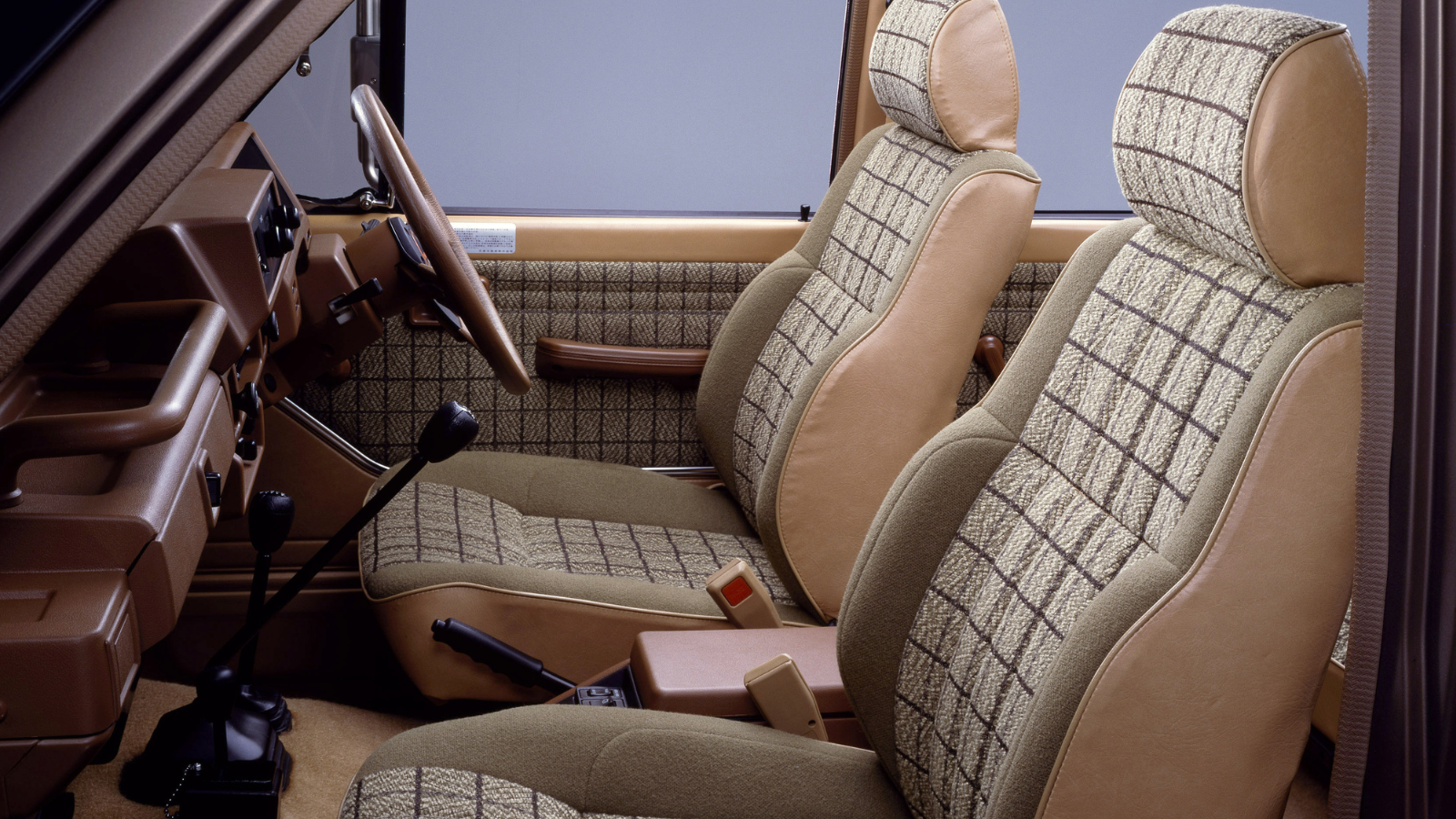 © Nissan Newsroom
© Nissan Newsroom -
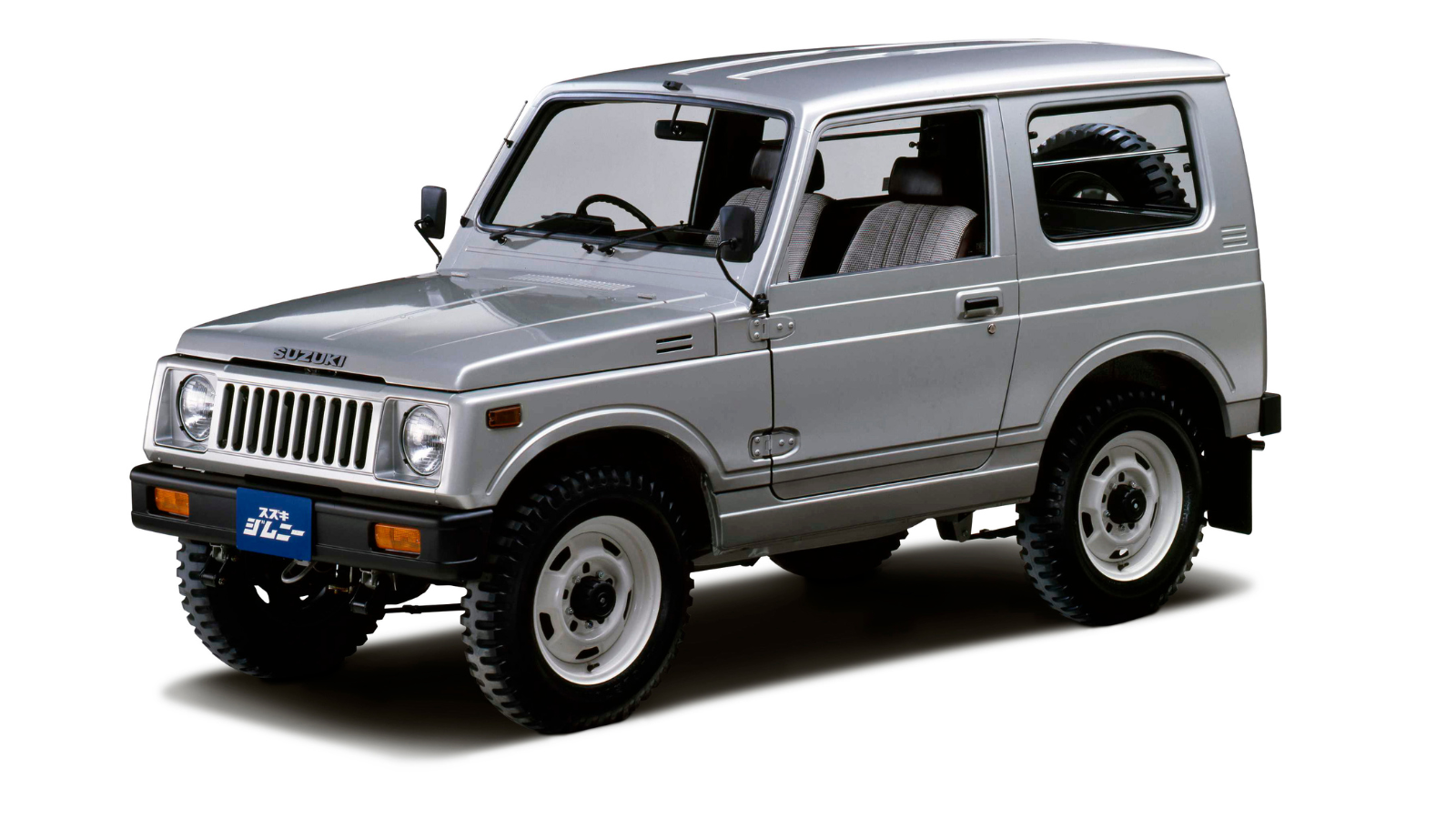 © Suzuki media site
© Suzuki media site -
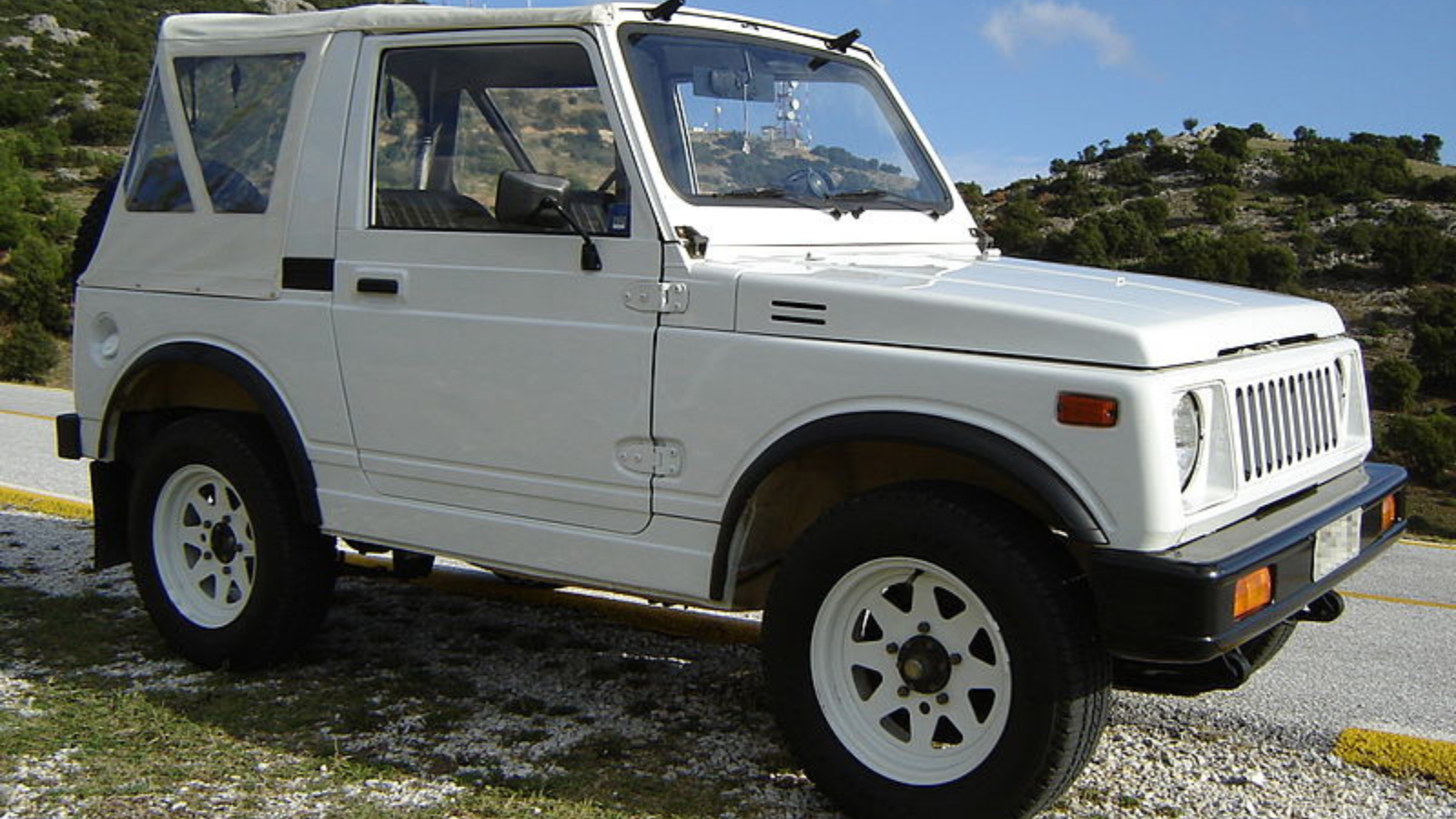 © Sermac.gr/Creative Commons licence https://creativecommons.org/share-your-work/licensing-considerations/compatible-licenses
© Sermac.gr/Creative Commons licence https://creativecommons.org/share-your-work/licensing-considerations/compatible-licenses -
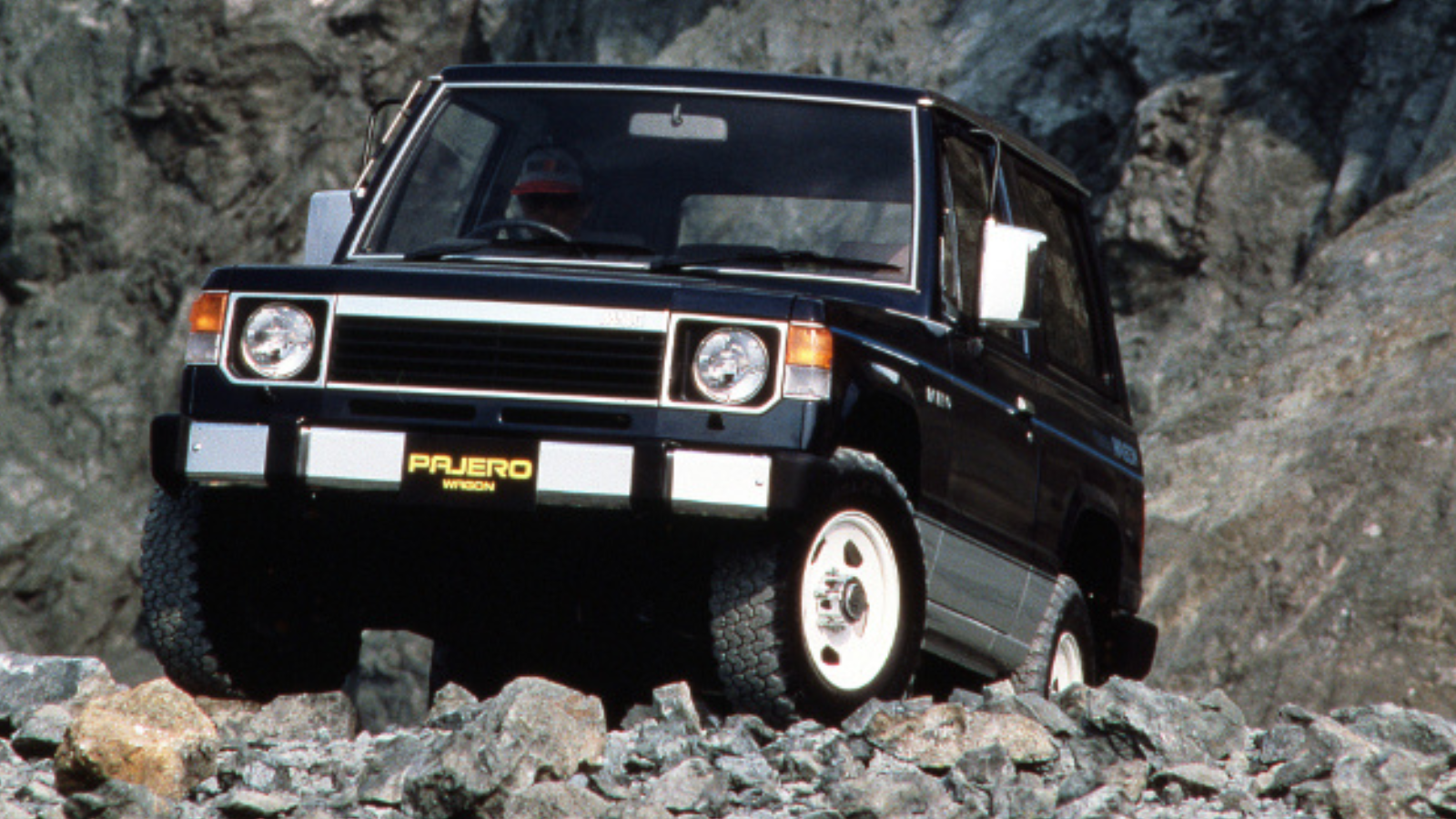 © Mitsubishi Newsroom
© Mitsubishi Newsroom -
 © Mitsubishi Newsroom
© Mitsubishi Newsroom -
 © Collecting Cars
© Collecting Cars -
 © Subaru US Media Center
© Subaru US Media Center -
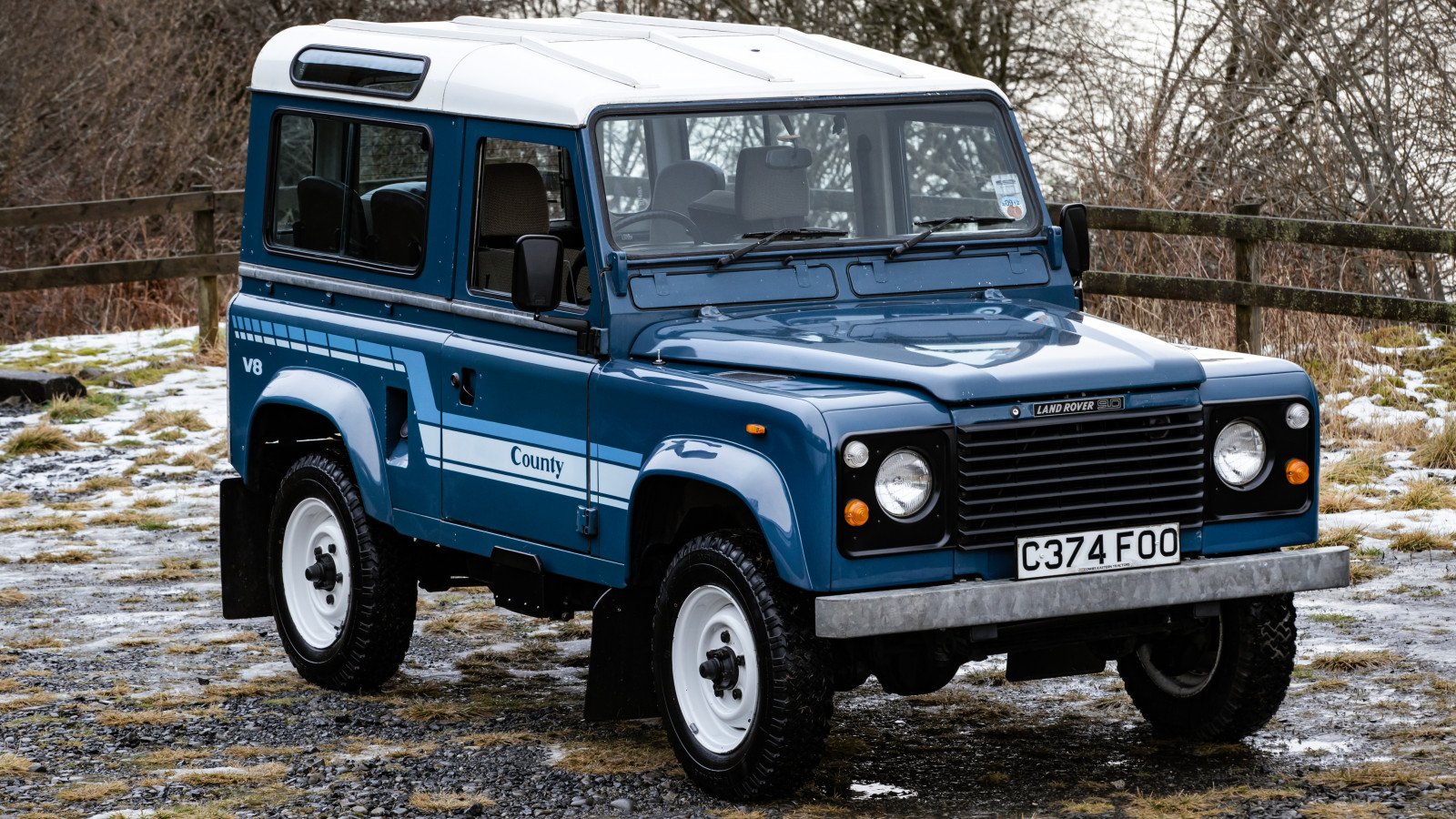 © Land Rover Media
© Land Rover Media -
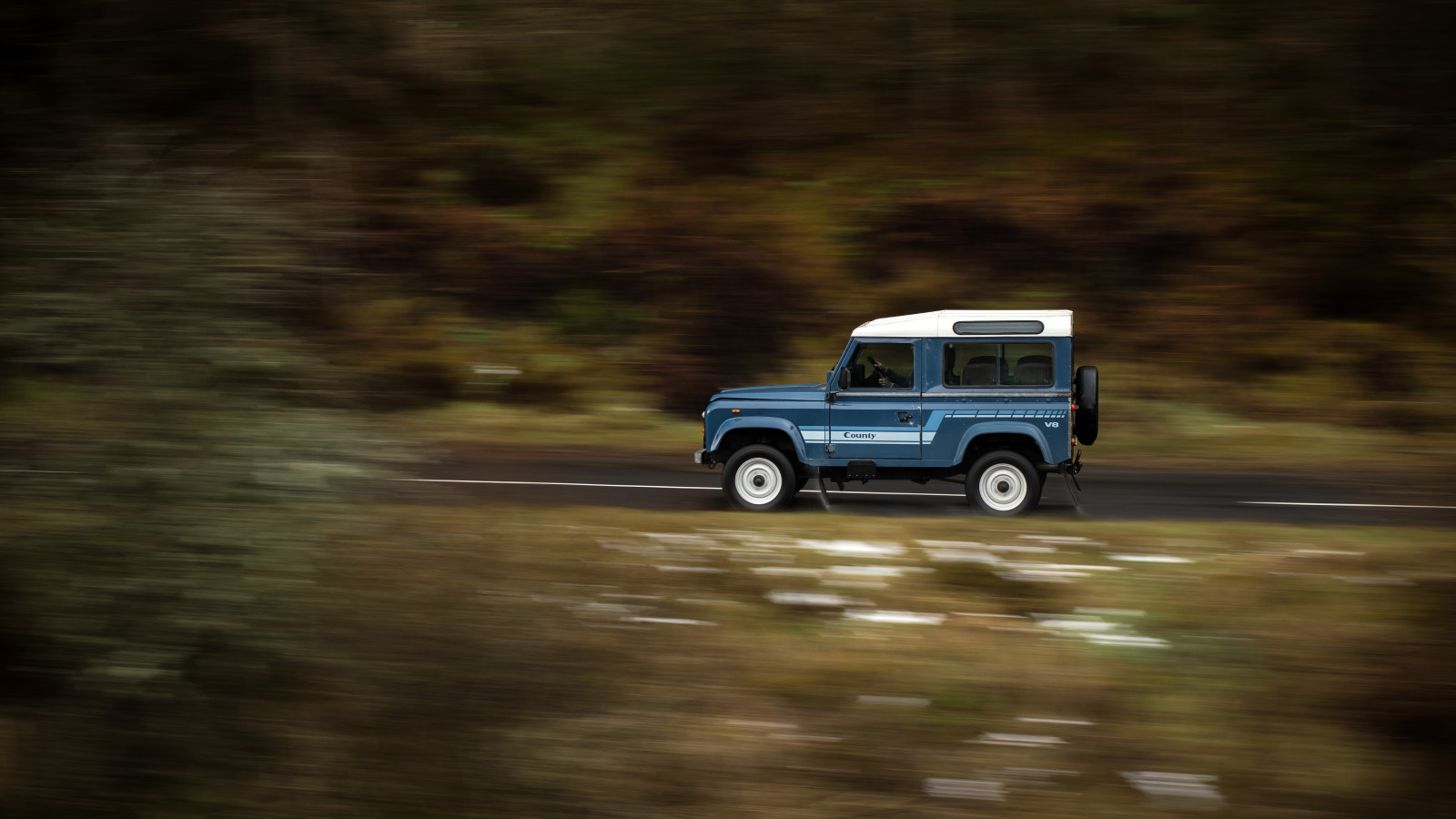 © Land Rover Media
© Land Rover Media -
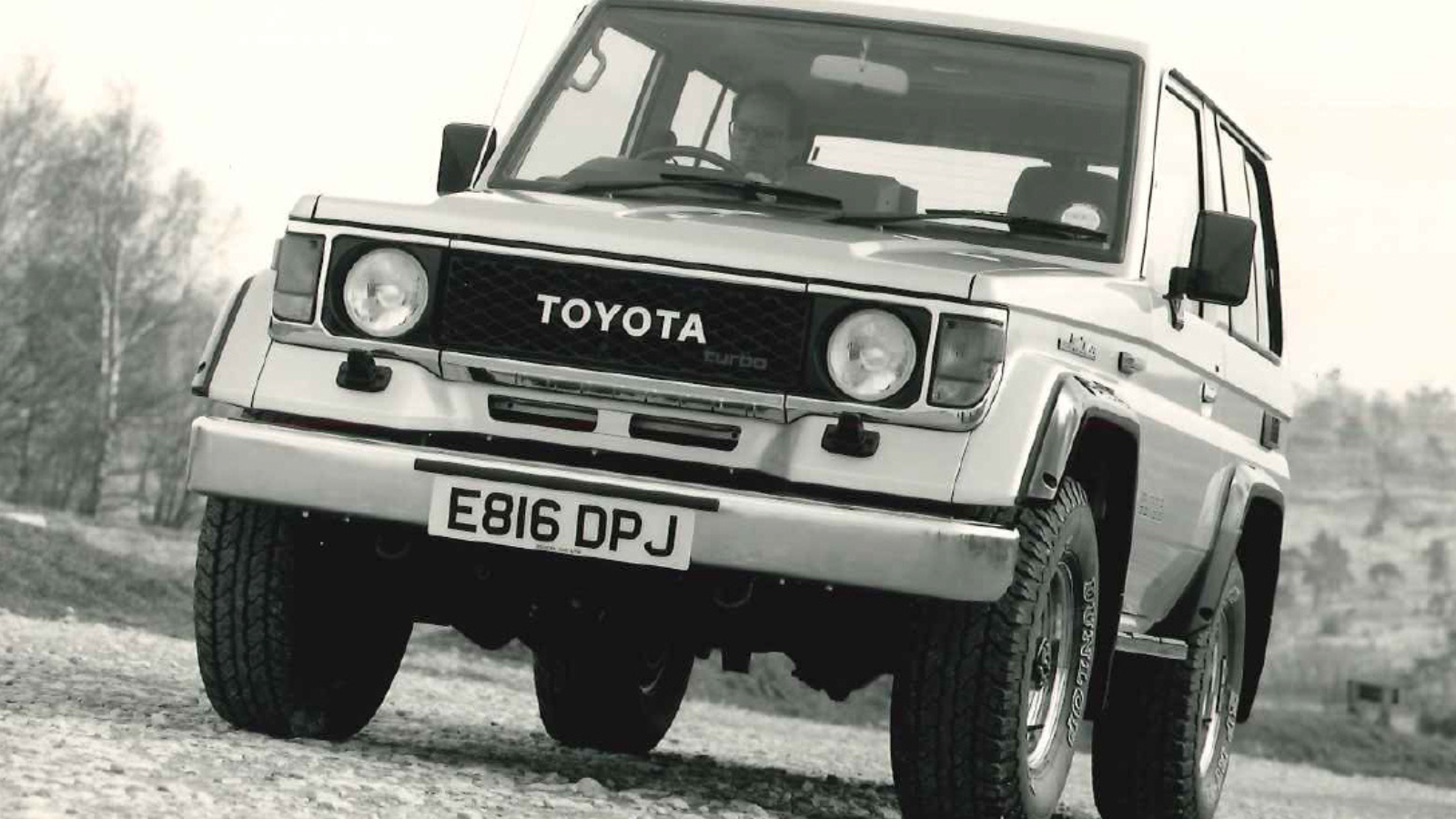 © Toyota Newsroom
© Toyota Newsroom -
 © Toyota Newsroom
© Toyota Newsroom -
 © Lamborghini Media Centre
© Lamborghini Media Centre -
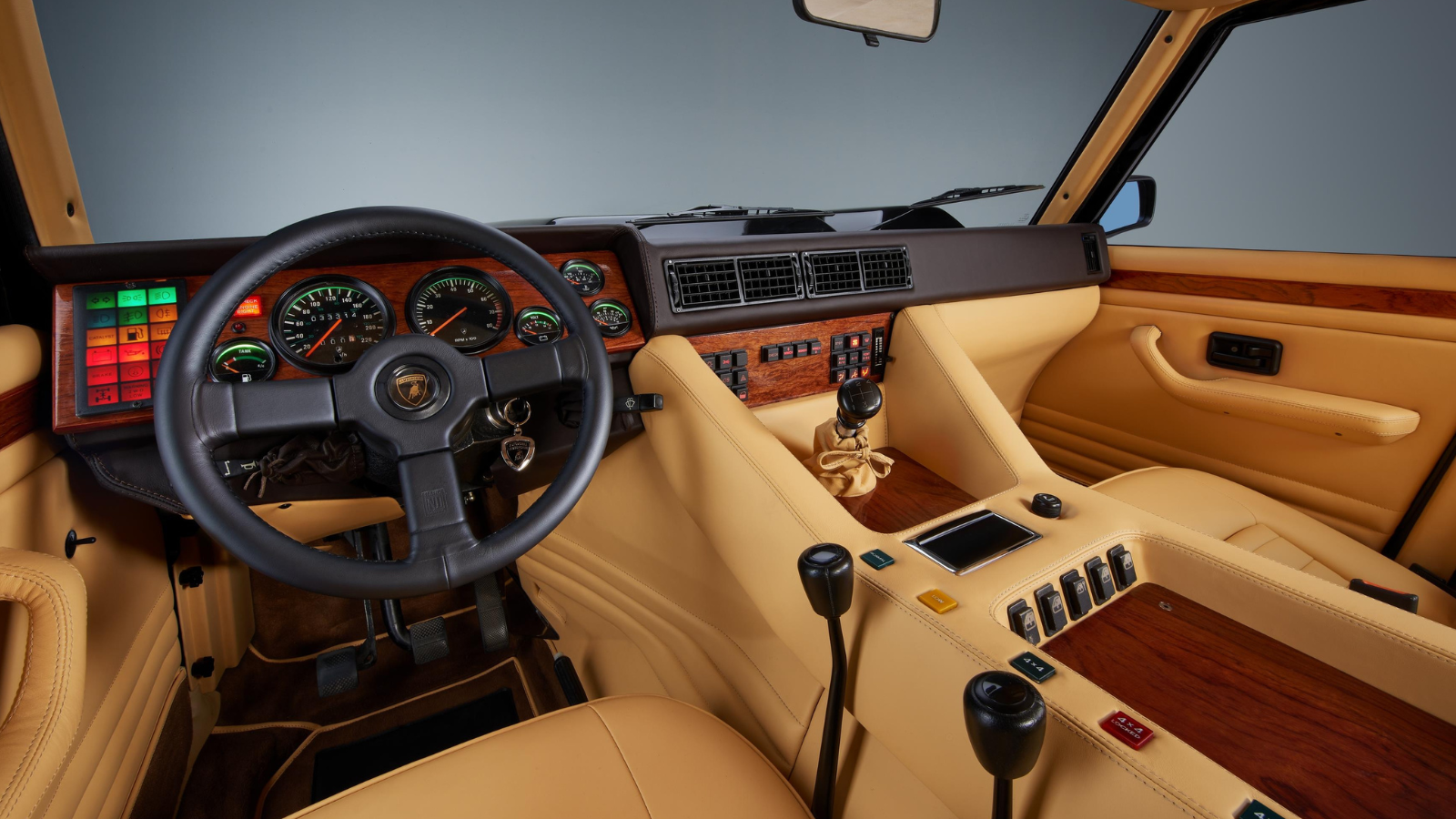 © Lamborghini Media Centre
© Lamborghini Media Centre -
 © Land Rover Media
© Land Rover Media -
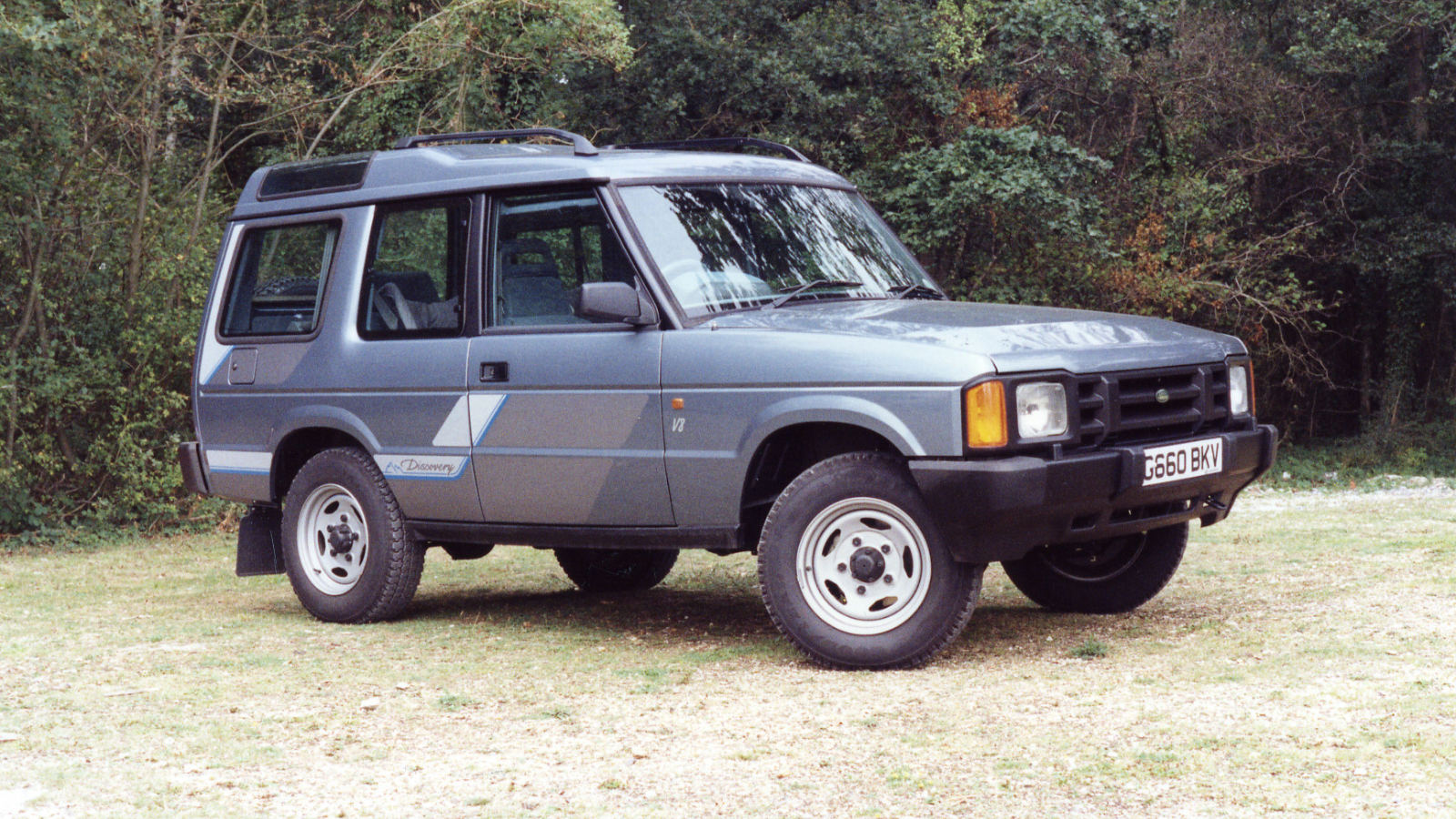 © Land Rover Media
© Land Rover Media
-
Off-road and on-trend
SUV owners and classic-car buffs are usually the chalk and cheese of the automotive world, but there have always been exceptions (looking at you, Jeeps and Landies), and now a growing interest in retro off-roaders is blurring the boundaries like never before.
Typically sturdy, relatively affordable to maintain and run (granted, maybe not so much the Lambo pictured here), and with a solid dose of recreational ruggedness, classic off-roaders are the SUVs it’s okay to like.
So read on to see 12 of our top off-road picks from the 1980s, listed in chronological order.
-
1. Range Rover Classic (1970-1996)
The longest-running Range Rover of them all, the original Rangie – later officially dubbed ‘Classic’ – was designed as a more upmarket complement to the far more utilitarian Land-Rover ‘Series’ models when it launched in 1970.
It lived on not only through the 1980s, but right through to 1996.
Key upgrades over its sibling included coil-spring suspension instead of leaf springs, all-round disc brakes rather than drums, and permanent all-wheel drive in place of the selectable system Land-Rovers used.
There was also the not-so-small matter of a 3.5-litre Buick-derived V8.
-
Range Rover Classic (cont.)
Early examples were all three-door models, but the far more logical (if less desirable these days) four-door variant broke cover in 1981.
The 1980s also brought a more general push upmarket with an optional auto ’box and leather trim, plus new door cards featuring walnut inserts.
The Range Rover was facelifted for 1986 with a new plastic front bumper, Lucas fuel injection and the option of a 2.4-litre diesel.
-
2. Bigfoot (1975-present)
Bigfoot is the original monster truck, and one that’s been through numerous evolutions and giant leaps (sometimes literally) since its creation by construction worker and off-road enthusiast Bob Chandler in 1975.
The first – Bigfoot1 – was based on a modified Ford F-250 truck, which gradually evolved until Chandler removed its body from the ladder frame and used military-truck underpinnings with four-wheel drive, four-wheel steering and 48in tyres.
-
Bigfoot (cont.)
Bigfoot’s heyday was the ’80s, as Chandler began crushing cars in packed stadia, soon fitting 66in tyres to cause increasing amounts of mayhem, as numerous imitators followed in its huge tracks (rivals eventually drag-raced each other, crushing lines of cars as they bounded towards the finish line).
Much like NASCAR racing cars, more recently Bigfoots have evolved into spaceframed, composite-bodied monsters bearing only a passing resemblance to production pick-ups – there’s even been a full electric version – but none of them would exist without that original Ford F-250.
-
3. Jeep Wrangler CJ-7 Renegade, CJ-8 Jeep Scrambler (1976-1986)
The CJ generation of Jeeps was around in a dizzying array of guises from 1955, but it’s the CJ-7 and CJ-8 twists on that theme that really hit our 1980s sweet spot.
Produced from 1976 until 1986, the CJ-7 stretched the wheelbase of the earlier CJ-5 by 10in and featured suspension enhancements to tidy its handling.
The 1980 Renegade version (pictured) was available with everything from a 2.4-litre Isuzu diesel through straight-sixes to a good ol’ 5-litre AMC V8, and stood out with its flash decals and denim interior.
-
Jeep Wrangler CJ-7 Renegade, CJ-8 Jeep Scrambler (cont.)
The Scrambler, meanwhile, made its debut in 1981 under the CJ-8 codename, and was a long-wheelbase version of the CJ-7.
Available in hard- or soft-top versions, it came with the same four-, six- and eight-cylinder engines. Ronald Reagan used a Scrambler to get about his ranch.
Being a trim level, Renegade production numbers are hard to pin down, but fewer than 30,000 Jeep Scramblers were built, making them highly collectible (and hard to find) today.
-
4. Toyota Hilux (1979-1983)
The third-generation Toyota Hilux made its debut in the UK in 1979 and was the first offered with four-wheel drive – in fact, no other comparable pick-up had all-wheel drive at that time.
Pitched as a car to ‘cruise up the motorway at 70mph with power to spare… then tackle the toughest conditions where you want to put it to work’, the new Hilux had a more Americanised look than its predecessors, with its wider track and muscular panel stampings.
-
Toyota Hilux (cont.)
The mechanical spec included a 2-litre sohc petrol engine (a 2.2-litre diesel was also offered after launch), a manual or automatic gearbox and, on 4x4 versions, a transfer box to switch between high- and low-ratio gearing, and locking front hubs so owners could engage or disengage the four-wheel drive.
The third-gen Hilux could also lug up to 1085kg.
Production lasted only until 1983, but both its immediate successor and that car’s replacement gently evolved the familiar recipe through the ’80s and into the 1990s.
-
5. Nissan Patrol (1980-1989)
Nissan welcomed the ’80s with a new third-generation Patrol that was far more modern in appearance than the previous Jeep/Land-Rover clone that’d done service since 1959.
It was still a hardy, rudimentary machine with a ladder-frame chassis, live axles and leaf-spring suspension, but comfort and equipment levels shot up on higher-spec versions, making the new Patrol appealing as both a workhorse and as a recreational off-roader.
-
Nissan Patrol (cont.)
Myriad versions were produced, with a (market-dependent) choice of three- and five-door models, hard- and soft-tops, and single- or double-cab pick-ups.
This generation was also produced in Spain, following Nissan’s acquisition of a controlling stake in Motor Iberica.
Initially these Patrols came with domestically produced engines and gearboxes, but Nissan powertrains were phased in later.
You’ll still spot plenty working Mediterranean beaches and fishing ports to this day.
-
6. Suzuki Jimny SJ30/SJ50 (1981-2018)
The Suzuki Jimny was born out of Japan’s kei class of tax-beating, bonsai-sized automobiles in 1970, with the second-generation (pictured) arriving in May 1981.
Variants included two- and five-door hardtops, a two-door convertible and a two-door pick-up.
Both rear- and four-wheel-drive versions were available, and while three-cylinder engines helped hit those kei-car targets back home, punchier four-cylinder motors were offered overseas.
-
Suzuki Jimny SJ30/SJ50 (cont.)
The Jimny was also produced in Spain by Santana Motor, slotting in nicely below Santana’s Land-Rover-based models.
When an American journalist for Consumer Reports magazine rolled a Jimny (or Samurai as it was known in the US), the resulting hoo-ha came to define the Jimny as much as its miniaturised Jeep design.
-
7. Mitsubishi Shogun (1982-1991)
The Shogun made a huge impact when it launched in the early ’80s.
Reliable, well-equipped and strong value, the first Mitsubishi SUV to reach the UK – Willys Jeeps had been produced under licence in the domestic market – proved an instant success.
Years before the Land Rover Discovery arrived, it combined rugged staples like body-on-frame construction and a live rear axle with a comparatively luxurious cabin, power steering, double-wishbone front suspension and a four-cylinder turbodiesel engine.
-
Mitsubishi Shogun (cont.)
Notable features inside included a velour, sprung seat, a gimmicky altimeter in the centre of the dash, as well as two gearlevers.
The taller wand controlled the five-speed gearbox, its smaller sibling allowing you to flick between two- and four-wheel drive, and high and low ratios.
Mud-plugging and motorways were only half the story with this ’80s off-roader – Mitsubishi proved its mettle in the (searing) heat of competition with a stunning win on the 1985 Dakar rally.
-
8. Subaru BRAT (1982-1994)
Based on Subaru’s Leone estate, the BRAT – improbably but definitely standing for Bi-drive Recreational All-terrain Transporter – was a kind of Japanese twist on the El Camino light pick-up truck.
The BRAT was sold from 1978 to 1994, but it’s the second and final generation introduced in 1982 that’s best known.
-
Subaru BRAT (cont.)
It featured a two-seat cabin, generous load bay and featherweight kerbweight of around a tonne, plus a 1.8-litre flat-four engine in either naturally aspirated or turbocharged guises.
All-wheel drive was standard, with both four-speed manual or three-speed automatic gearboxes offered.
The BRAT was never sold in Japan, but ironically – given the UK Japanese import scene – a cult following back home means some examples now find their way back as grey imports.
-
9. Land-Rover 90 (1983-1990)
If the transition from Land-Rover 90s (and 110s/130s) to Land Rover Defenders is a blur of badge engineering, the 1983 switch from Series III to the 90 is far more clear cut, even if the two remain related.
Key updates included ditching leaf springs all-round for far more modern coils and springs that not only improved ride and handling, but axle articulation, too, making the new Landie even more off-road capable.
-
Land-Rover 90 (cont.)
Four-wheel drive was now permanent (rather than selectable), too, and while the 2.25-litre petrol and diesel engines were initially carried over from the Series III, 2.5-litre replacements were soon phased in.
The previously offered Rover V8 rumbled through to ’93.
The Defender badging was introduced to complement the new Discovery from 1990 and, though it evolved, the Defender that bowed out in 2016 was much the same as the 90 that had made its debut more than three decades earlier.
-
10. Toyota Land Cruiser (1984-present)
Like Mitsubishi, Toyota’s expertise in off-roaders grew out of licensed Willys Jeeps, with the first Land Cruiser arriving in 1953.
More than a million had been produced when the 70-series replaced its long-serving 40-series predecessor in 1984, maintaining the Land Cruiser’s reputation for ruggedness, while appealing to new buyers focused on lifestyle off-roaders.
-
Toyota Land Cruiser (cont.)
In fact, two very different versions of the 70-series were produced to sate this conflicting demand – a coil-sprung workhorse known as the Heavy Duty for the toughest markets, and a more comfortable coil-sprung Light Duty version for Europeans.
Either way, nothing was carried over from the ancient 40-series models. Both looked similar, but detail changes to the Light Duty include less aggressively blistered arches, plus an exclusively four-cylinder engine line-up and a reduced payload. Off-road ability remained incredibly impressive, however.
The 90-series replaced the Light Duty 70-series in 1996, but, remarkably, the Heavy Duty continues in some markets to this day.
-
11. Lamborghini LM002 (1986-1993)
If the Porsche Cayenne was ahead of the curve, the Lamborghini LM002 was hacking through the bush and carving a dirt road from nothing – the original high-performance luxury SUV made its debut in 1986.
Dubbed ‘Rambo Lambo’, the LM002 started as a project to develop a high-performance off-roader for the military in the late 1970s, initially with a rear-mounted engine (the LM001), though the production LM002 put an engine in the nose.
-
Lamborghini LM002 (cont.)
Not any old engine, either. The LM002 used the 5167cc V12 from the Countach quattrovalvole, with a four-wheel-drive system and three locking diffs marshalling the prodigious output.
With its butch aluminium and glassfibre body, the LM002 remained in production until 1992, by which point 300 examples had been produced.
Despite its head start, Lamborghini didn’t make a successor to the LM002 until the Urus of 2017.
-
12. Land Rover Discovery (1989-1998)
Just squeaking into the decade, the 1989 Discovery was Land Rover’s riposte to the growing number of more upmarket but still highly capable off-roaders from its new Japanese rivals, slotting in the blue sky between a bare-bones Defender and an increasingly posh Range Rover (really the Discovery did the job the Range Rover first did in the ’70s).
The Disco was also aimed squarely at families, with an optional seven-seat layout providing unusually generous space for those in row three, thanks to a spare wheel moved to the rear door and a stepped roof complete with safari-style glazing – a Discovery trademark through to 2016.
-
Land Rover Discovery (cont.)
Conrad Design Group famously designed the interior, with its innovative storage solutions and the striking Sonar Blue trim of early cars sitting side-by-side with a parts-bin panoply pillaged from Maestros and Montegos.
Despite its versatility, the Discovery was introduced – just like those early Range Rovers – as a three-door model until the five-door joined the line-up in 1990.
The engine range expanded in 1994, but before that it was a choice of the 2.5-litre 200 TDi or the trusty 3.5-litre Rover V8.
